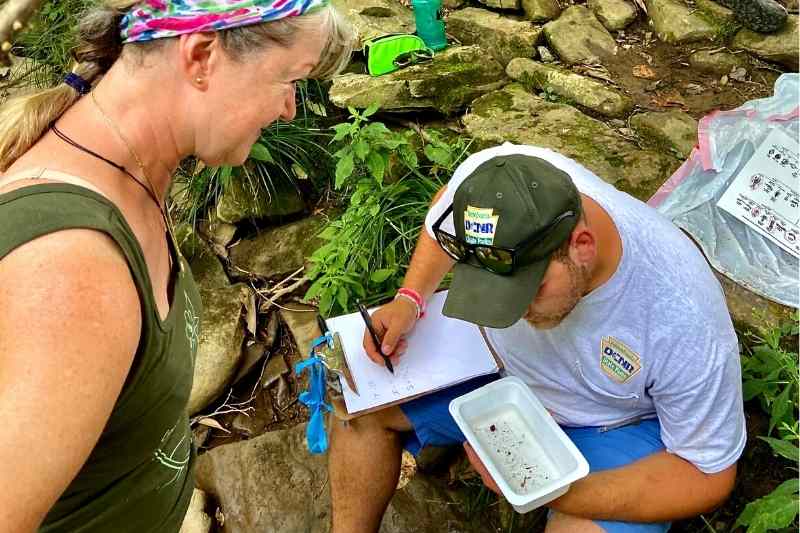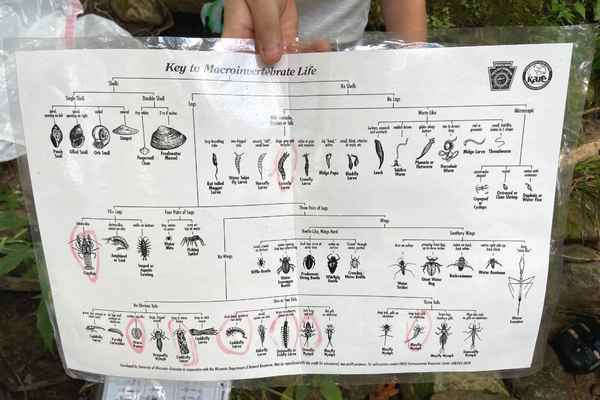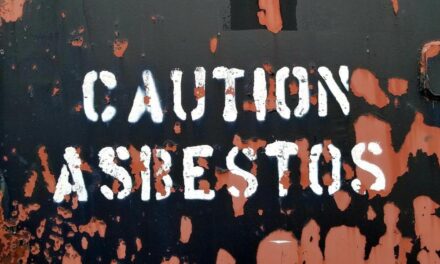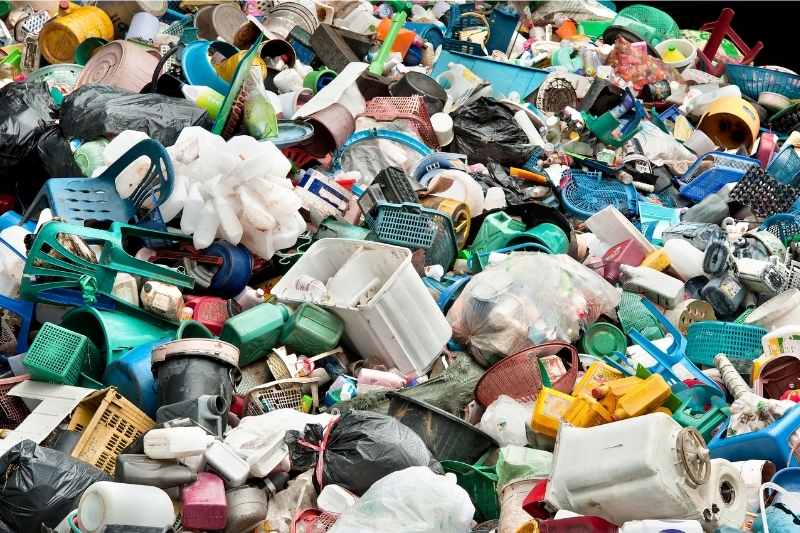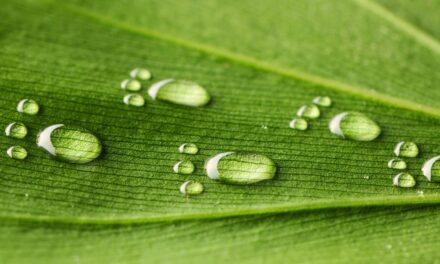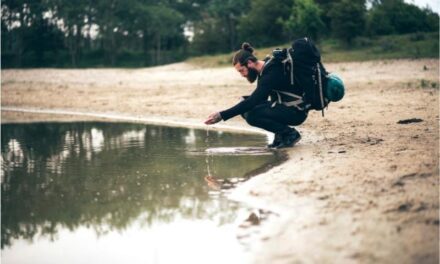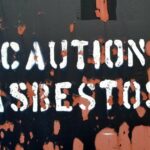Aquatic macroinvertebrates provide signals to the quality of our waterways.
In our local watersheds and rivers, aquatic macroinvertebrates – tiny animals and larval stages of insects – can be seen without a microscope. They are a vital part of our freshwater ecosystem, recycling nutrients and providing food to fish and other higher-level aquatic animals.
Recently, we participated in a program called “Canaries of the Stream,” led by the Department of Conservation and Natural Resources (DCNR). Canaries are signallers of air quality used to detect hazardous conditions in coal mines. In the same way, aquatic macroinvertebrates can be used to detect water quality concerns.
Learning about local macroinvertebrates is fascinating and informative.
Our tour leaders, comprised of university interns and DCNR educators, led us to a high-elevation tributary cold stream to study aquatic macroinvertebrates. We learned how they indicate the health of this particular stream that feeds the Youghiogheny River.
DCNR provided tools for our aquatic expedition: a large net to collect sediment, tweezers, three trays to which stream water was added, an identification poster, and a marker to record what we found. We filtered the stream water through the netting, then separated organic matter and aquatic macroinvertebrates for observation. The most noticeable macroinvertebrate was a crayfish, a miniature crustacean that resembles a tiny lobster. We quickly released it back into the shallow rocky water, and continued our research.
There are four functional feeding groups that aquatic ecologists categorize species of aquatic macroinvertebrates.
- Shredders, such as caddisflies and stoneflies, process organic small decaying matter such as leaves, debris, and other vegetation in the water.
- Collectors include beetles and dipteran (true flies). They filter and accumulate even smaller pieces of organic matter found in the water column and bottom sediment.
- Grazers feed on other aquatic insects, periphyton, detritus, and submerged aquatic plants. They can be found on rocks and woody debris.
- Predators, like dragonflies, prey on dead animal material in the water.
We used tweezers to extract tiny organisms from the sediment for further observation.
Once our eyes adjusted to seeing the tiny animals wriggling in the sediment, we used tweezers to move the speciments into trays for observation.
Using the Key to Macroinvertebrate Life chart (above), we identified the organisms present in our sample. We found cranefly larva, lobster-like crayfish, water penny, several caddisfly larva under a submerged rock, dobsonfly or fishfly larva, stonefly nymph, and mayfly nymph.
After observation, we released the aquatic macroinvertebrates back into the water. Then we deduced the stream’s water quality based on our findings.
With the aquatic macroinvertebrates back in the water, we continued our research by categorizing and allocating a number for each specimen we identified. Each organism has a tolerance level for water quality – either tolerant, fresh, or intolerant/sensitive to pollution – and given a score. Based on the aquatic macroinvertebrate water quality benchmark chart below, our total score was 24, indicating excellent water quality.
- Excellent (total score greater than 22, or at least 4 “S” taxa*)
- Good (total score between 17-22, or at least 2 “S” taxa)
- Fair (total score between 11-16, or at least 1 “S” taxon*)
- Poor (total score less than 11, with no “S” taxa present)
What are your local macroinvertebrates saying about your water?
There are many resources available that can help you learn about conserving, preserving, and protecting our planet. We recommend participating in nature and ecology programs led by DCNR in your national, state, and local protected areas. These interesting (and often, free) educational programs can open your eyes to a whole new world and the importance of biodiversity.
You may be interested in these other articles from One Planet Life:
- A Bioblitz is a Great Way to Learn What is Living Near You
- Why are Vernal Ponds so Important to Ecology?
- Dig Into the Marvels and Mysteries of Moss
- Let’s Love, Protect, and Share Our Water
*Taxon (n): used in the science of biological classification; a group of any rank, such as species, family, or class seen by taxonomists to form a unit.
*Taxa: plural noun of Taxon

